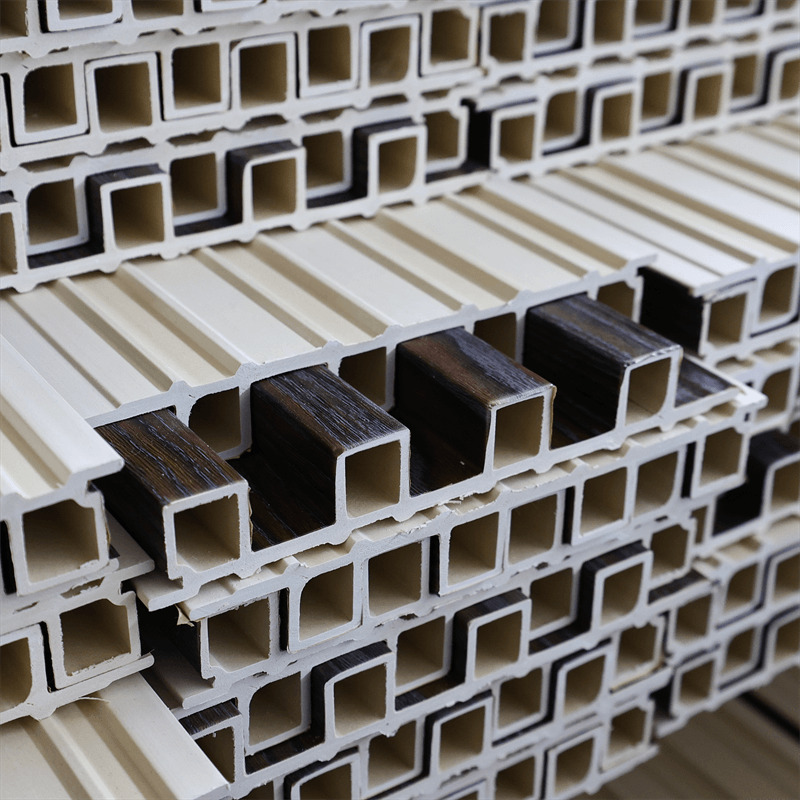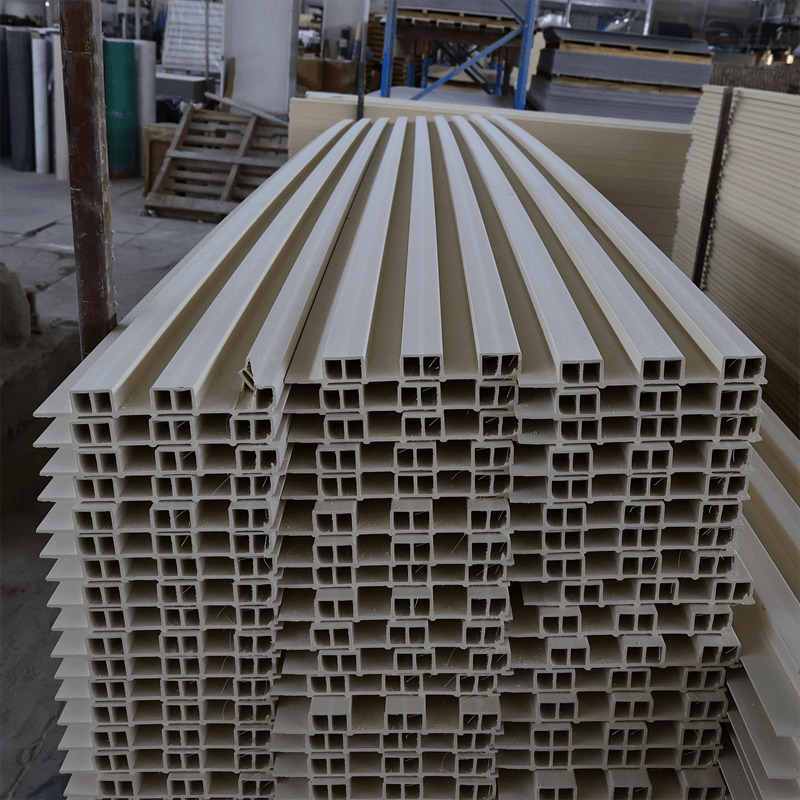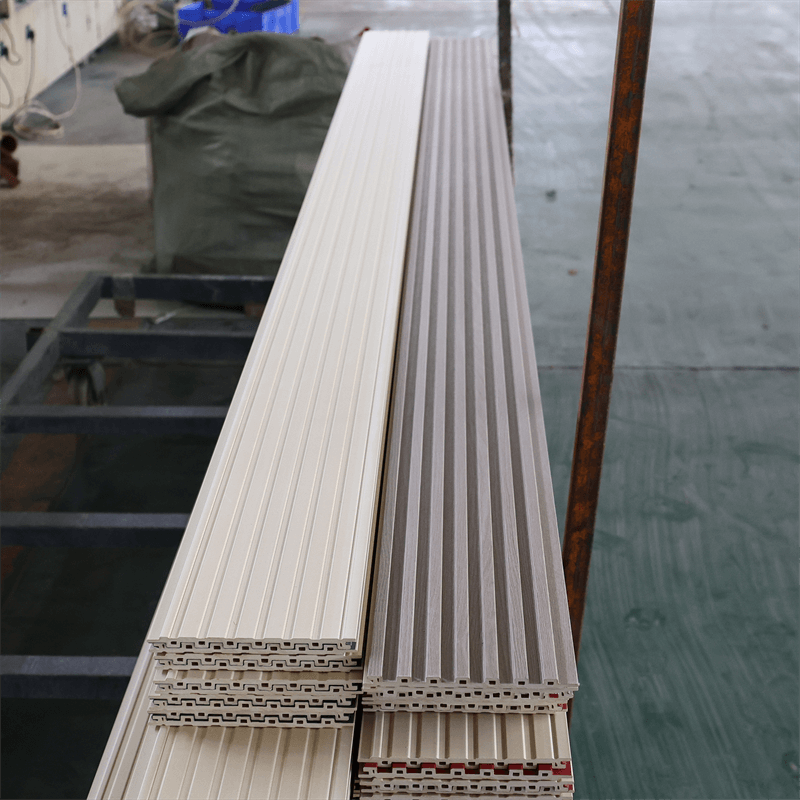
Fire safety is a critical consideration in any construction project, and the choice of building materials plays a crucial role in ensuring the safety of occupants.
In recent years, WPC (Wood-Plastic Composite) wall panels have gained popularity due to their numerous advantages.
However, fire resistance is a significant aspect that cannot be overlooked.
In this essay, we will explore the importance of fire resistance in WPC wall panels, focusing on four key areas: fire safety regulations, fire performance, fire retardant additives, and the impact on building occupants.
I. Fire Safety Regulations:
Compliance with fire safety regulations is essential to protect lives and property. Let’s examine the importance of fire resistance in WPC wall panels in relation to regulatory requirements:
- Building Codes and Standards: Fire safety codes and standards govern the use of materials in construction. WPC wall panels must meet specific fire resistance criteria to ensure compliance with these regulations. Non-compliance can lead to legal consequences and pose risks to the safety of occupants.
- Fire Ratings: WPC wall panels undergo rigorous testing to determine their fire resistance ratings. These ratings indicate the panels’ ability to withstand fire, prevent its spread, and emit low levels of smoke and toxic gases. Meeting or exceeding the required fire ratings ensures the panels’ suitability for use in various building types and occupancies.

II. Fire Performance:
The fire performance of WPC wall panels is a crucial factor in determining their ability to withstand fire and prevent its spread. Let’s explore the fire performance characteristics of WPC panels:
- Ignition Resistance: WPC panels with high fire resistance exhibit excellent ignition resistance, reducing the risk of fire initiation. Their composition and manufacturing processes are designed to minimize the materials’ flammability and ignition potential.
- Flame Spread and Fire Propagation: WPC wall panels with good fire resistance properties inhibit the spread of flames across their surfaces. They also prevent fire propagation, limiting the potential for rapid fire spread in the building.
- Smoke and Toxic Gas Emission: Fire-resistant WPC panels emit lower levels of smoke and toxic gases when exposed to fire. This characteristic is crucial in enabling safe evacuation during fire incidents, as smoke inhalation is a significant cause of casualties in fire emergencies.
III. Fire Retardant Additives:
Fire retardant additives play a vital role in enhancing the fire resistance of WPC wall panels. Let’s examine the importance of these additives:
- Chemical Composition: Fire retardant additives, such as halogenated or non-halogenated compounds, are incorporated into WPC panels during the manufacturing process. These additives work by suppressing the combustion process, reducing the panels’ flammability, and enhancing their fire resistance properties.
- Thermal Stability: Fire retardant additives enhance the thermal stability of WPC panels, allowing them to withstand high temperatures for longer periods. This increased stability provides additional time for occupants to evacuate safely and for firefighting operations to be conducted effectively.
- Durability: Fire retardant additives contribute to the long-term fire resistance of WPC panels. They help maintain the panels’ fire performance over time, ensuring their continued effectiveness throughout the lifespan of the building.
IV. Impact on Building Occupants:
The fire resistance of WPC wall panels directly impacts the safety and well-being of building occupants. Let’s consider its importance:
- Life Safety: Fire-resistant WPC panels provide valuable time for occupants to evacuate a building in the event of a fire. They slow down the fire’s progress, allowing occupants to reach safety and facilitating the work of firefighters.
- Reduced Spread of Fire: The fire resistance of WPC panels limits the spread of fire, helping to confine it to the source and prevent it from engulfing larger areas of the building. This containment minimizes property damage, reduces the risk of structural collapse, and enhances the chances of successful fire suppression.
- Smoke Management: WPC panels with high fire resistance emit lower levels of smoke, improving visibility within the building during a fire incident. This facilitates evacuation procedures and enables firefighters to locate and rescue occupants more efficiently.
The importance of fire resistance in WPC wall panels cannot be overstated.
Compliance with fire safety regulations, adequate fire performance, the use of fire retardant additives, and the impact on building occupants are all crucial considerations.
By ensuring that WPC panels possess the necessary fire resistance properties, we can create safer environments, protect lives, and mitigate the devastating effects of fire incidents.
Architects, designers, and construction professionals should prioritize the selection of fire-resistant WPC wall panels, considering their fire ratings, ignition resistance, flame spread characteristics, smoke and toxic gas emission levels, and the presence of effective fire retardant additives.
By incorporating fire safety into the design and construction process, we can create buildings that not only showcase the aesthetic appeal of WPC panels but also prioritize the safety and well-being of those who inhabit them.
In conclusion, fire resistance is a vital aspect when considering the use of WPC wall panels in construction.
Adhering to fire safety regulations, ensuring proper fire performance, incorporating fire retardant additives, and understanding the impact on building occupants are all crucial steps in promoting fire safety.
By choosing fire-resistant WPC wall panels, architects, designers, and construction professionals can create spaces that prioritize the safety and well-being of occupants. These panels contribute to the containment of fire, allowing for safe evacuation and efficient firefighting operations. Additionally, they emit lower levels of smoke and toxic gases, improving visibility and reducing the health risks associated with fire incidents.
To ensure fire resistance, it is important to select WPC panels that have undergone rigorous testing and meet the required fire ratings. Furthermore, the incorporation of effective fire retardant additives enhances the panels’ ability to withstand fire and maintain their fire resistance properties over time.
Fire safety should never be compromised, and by considering the importance of fire resistance in WPC wall panels, we can create buildings that not only offer aesthetic appeal but also provide a secure environment for occupants. Through responsible design and construction practices, we can mitigate the risks associated with fire and promote the overall safety of our built environments.

